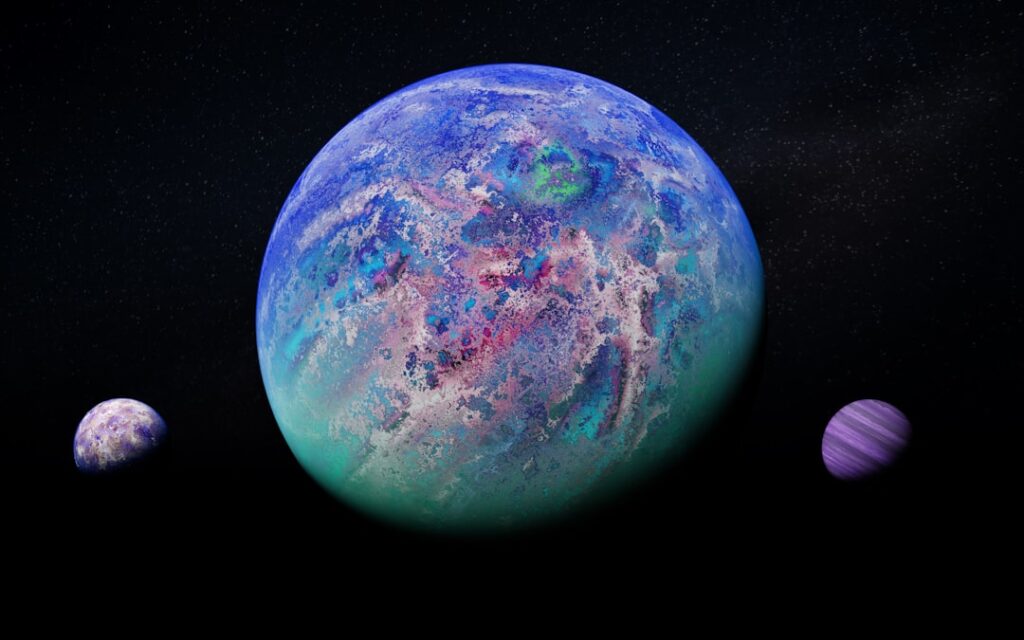Understanding the Snapchat Friend Solar System
The Snapchat planets feature, part of the exclusive Snapchat+ Friend Solar System, visualizes your friendships by ranking your top eight friends as planets orbiting you, the sun. Your rank is determined by how often you interact through snaps, chats, and streaks. Here’s the order:
- Mercury: Your number 1 best friend (most interaction)
- Venus: Your number 2 best friend
- Earth: Your number 3 best friend
- Mars: Your number 4 best friend
- Jupiter: Your number 5 friend
- Saturn: Your number 6 friend
- Uranus: Your number 7 friend
- Neptune: Your number 8 friend
This feature requires a Snapchat+ subscription and must be manually enabled. After concerns from teens and mental health experts about social comparison, Snapchat made it optional. As a result, less than 0.25% of users engage with it daily. While the planets offer a fun glimpse into digital friendships, they only reflect app interactions, not the true depth of real-world relationships. For more details, you can visit the Snapchat Support Page.
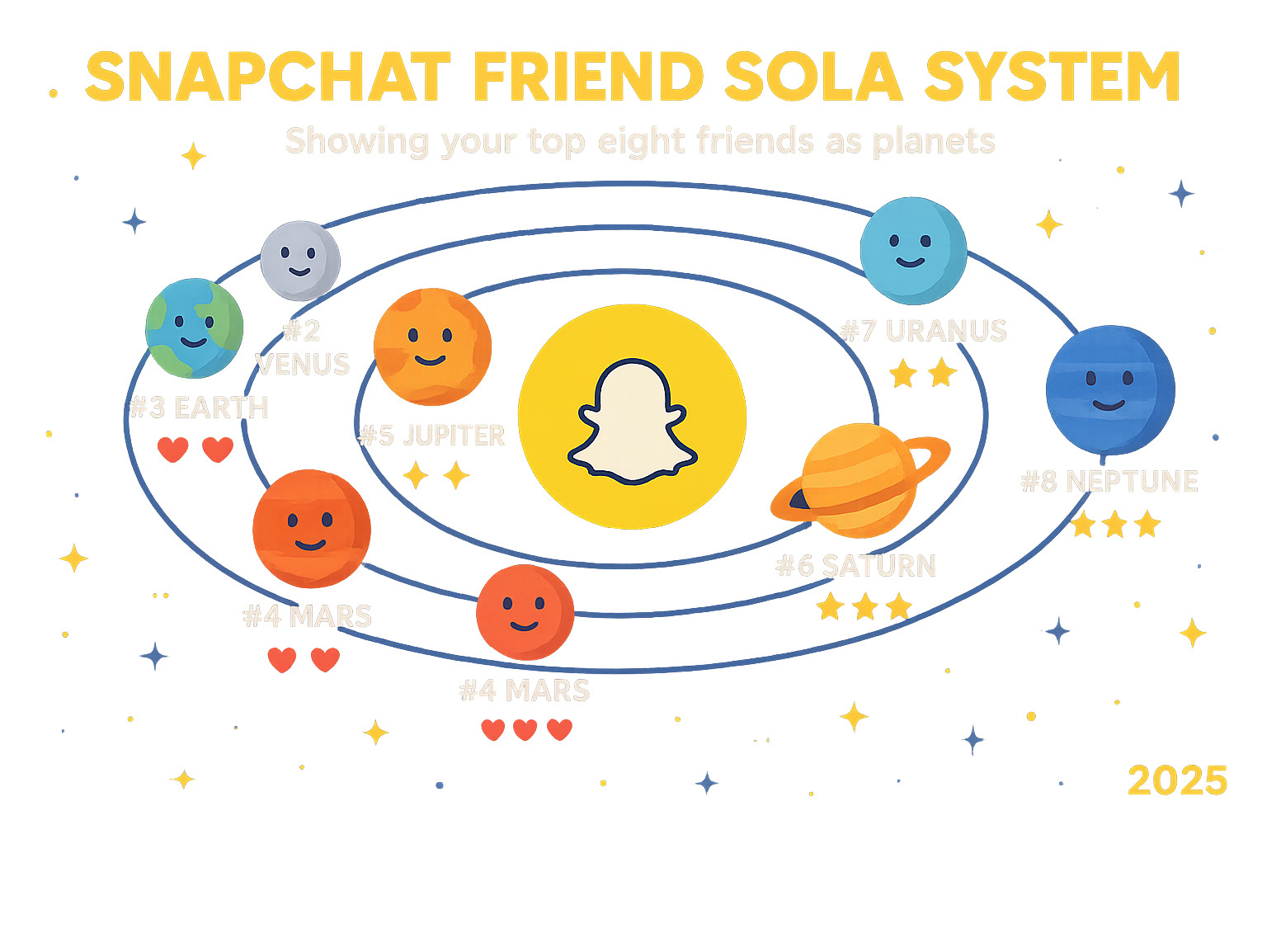
Understanding the ‘Best Friends’ vs. ‘Friends’ Badges
The Snapchat planets feature uses two key badges on a friend’s profile: ‘Best Friends’ and ‘Friends’, both with a gold ring for Snapchat+ users. A ‘Best Friends’ badge with a gold ring means you are in each other’s top eight, signifying a mutual, high-interaction friendship.
On the other hand, a ‘Friends’ badge with a gold ring indicates you are in their top eight, but they are not in yours. This represents a one-way ranking from their perspective, suggesting they interact with you more than you do with them compared to your other top friends.
How the Ranking Algorithm Works
The Friend Solar System is powered by an algorithm that tracks your interaction frequency. You can’t manually set your rank; it’s determined by your engagement. The primary factors are:
- Snaps Sent and Received: The volume of photo and video messages exchanged.
- Chats Exchanged: The frequency of text-based conversations.
- Streaks Maintained: Daily interactions to keep a streak alive.
- Story Replies: Engaging with a friend’s Stories.
The algorithm rewards active, two-way communication. The more you engage with a friend, the closer their planet will be to your sun. Since the calculation is continuous, your planet positions can change as your interaction habits evolve.
The Complete Order and Meaning of Snapchat Planets
Ready to decode your friendship galaxy? With Snapchat planets, each celestial body tells a story about your digital connections. The closer a planet is to the sun (you), the stronger your friendship bond on the app.
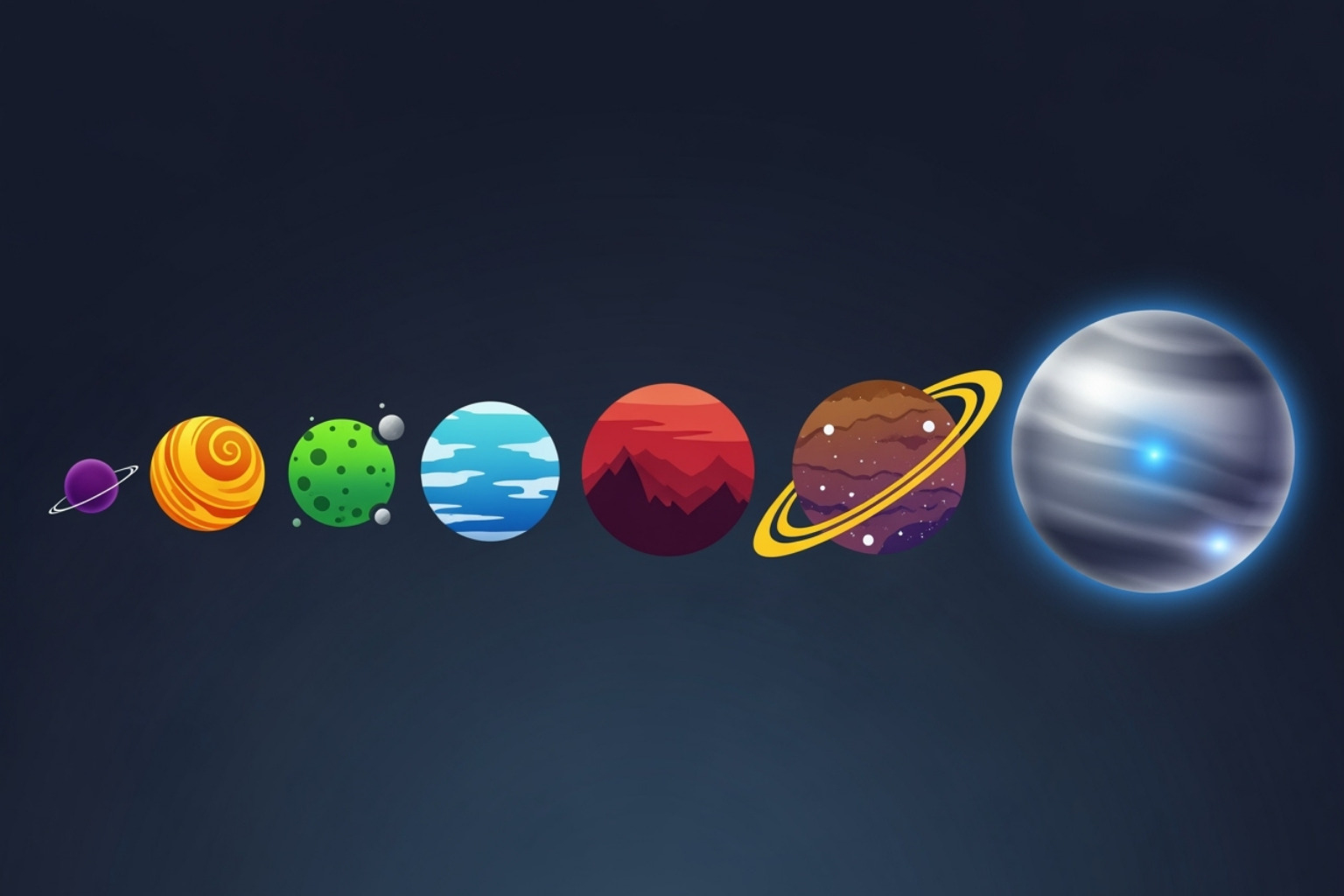
Mercury to Mars: Your Closest Connections
The inner planets represent your most active Snapchat friends.
- Mercury: Your number 1 best friend. You two are inseparable on the app, with constant snaps and chats. The planet is light red and surrounded by five red hearts.
- Venus: Your number 2 best friend. This is a smooth, consistent friendship. Venus appears in light brown tones with revolving pink, yellow, and blue hearts.
- Earth: Your number 3 best friend. This connection feels steady and reliable. The familiar blue and green icon often has a moon and four red hearts.
- Mars: Your number 4 best friend. This friendship has a spark of energy. Mars is dark red with purple and blue hearts, capturing a fun dynamic.
Jupiter to Neptune: Your Wider Circle
The outer planets are important friends with a more relaxed interaction style.
- Jupiter: Your number 5 friend. Interactions are meaningful but less intense. Jupiter is orange with its Great Red Spot but has no surrounding hearts.
- Saturn: Your number 6 friend. This friendship is stable and enduring. You connect naturally, even if not daily. Saturn is orange with its iconic rings.
- Uranus: Your number 7 friend. This often represents an interesting, unexpected friendship. The green planet reflects a connection with its own unique rhythm.
- Neptune: Your number 8 friend. This is the most casual friendship in your top eight. The bright blue planet may show your Bitmoji sun turning its back, a playful nudge to interact more.
Decoding the Emojis and Visuals
The visual details of the Snapchat planets feature reveal more about your friendships.
- Hearts: Clustered around the inner planets (Mercury, Venus, Earth, and Mars), hearts signal intense, high-engagement connections. Their absence around outer planets reflects more casual interaction.
- Stars: Scattered stars seem to celebrate your most active and prominent friendships.
- Bitmoji Expressions: Your sun-Bitmoji’s expression changes, from glowing with happiness for inner planets to looking bored for Neptune, playfully indicating engagement levels.
- Planet Colors: The colors mirror our real Solar System, from Mercury’s reds to Neptune’s blues, making the feature feel like a cosmic adventure.
How to Use and Manage Your Friend Solar System
Getting started with Snapchat planets is simple, and you have full control over whether to use the feature. It requires a few steps to enable, but it’s designed to be user-friendly.
How to Enable and View Your Snapchat Planets
First, you need a Snapchat+ subscription. The Friend Solar System is not enabled by default, giving users a choice.
To turn it on, open your Snapchat profile by tapping your Bitmoji. Select the ‘Snapchat+’ banner to go to the feature management page.
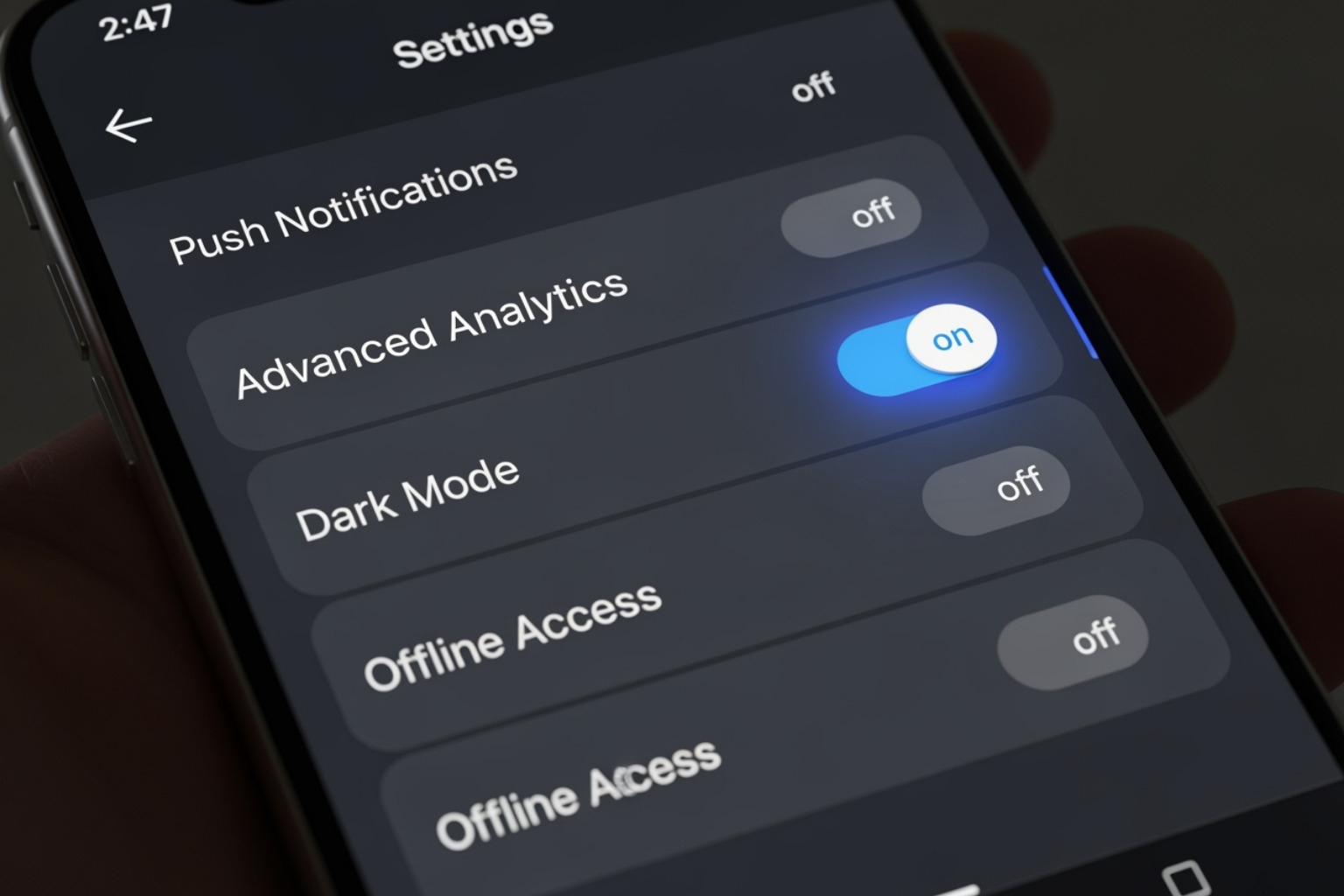
Find the ‘Friend Solar System’ option and toggle the switch on.
Once enabled, go to a friend’s profile and look for a ‘Best Friends’ or ‘Friends’ badge with a gold ring. Tap the badge to see a pop-up showing your planet in their solar system, revealing your rank in their top eight.
Can You Control or Improve Your Ranking?
While you can’t manually assign your rank, you can influence your position through interaction. The algorithm for Snapchat planets rewards consistent engagement. To improve your rank, focus on:
- Consistent Interaction: Make snapping and chatting a regular habit.
- Quick Replies: Respond promptly to show active engagement.
- Initiating Snaps: Start conversations to show you’re thinking of them.
- Maintaining Streaks: Daily interaction is key for reaching the top spots.
Rankings update regularly (likely daily), so your efforts can yield quick results. The goal should be genuine connection, not just gaming the system.
Snapchat Planets vs. The Extended Best Friends List
Snapchat+ users might confuse the Friend Solar System with the Extended Best Friends List. They serve different purposes.
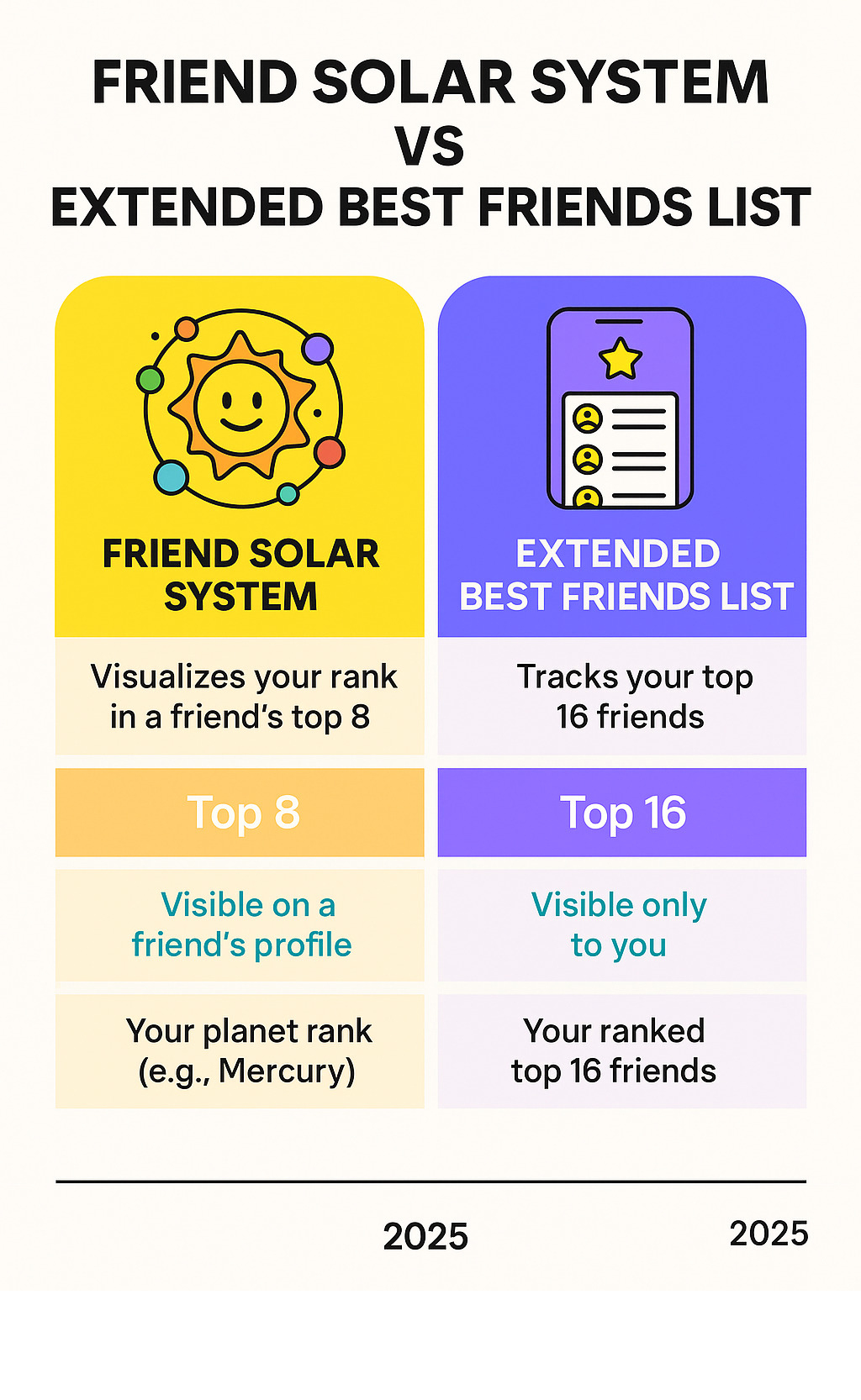
| Feature | Purpose | Number of Friends | Visibility | Information Provided |
|---|---|---|---|---|
| Friend Solar System | Visualizes your rank in a friend’s top 8. | Top 8 | Visible on a friend’s profile (if both have Snapchat+ and feature enabled). | Your specific planet rank (e.g., Mercury, Earth) in their Solar System. |
| Extended Best Friends List | Tracks your top 16 friends based on your interactions. | Top 16 | Visible only to you on your Snapchat+ profile. | Your top 16 friends, ranked, with weekly position changes. |
The Friend Solar System shows you where you stand in a friend’s world, while the Extended Best Friends List is your private dashboard of your own top connections. The Solar System is about how others see you; the list is about your own social patterns. Both can help you nurture important relationships.
The Social & Emotional Side of Digital Rankings
While Snapchat planets are a playful way to see friendships, any ranking system can affect our emotional well-being. This is especially true for younger users, for whom these rankings can impact self-worth.
Why Snapchat Made the Feature Optional
Initially, the Friend Solar System was on by default for Snapchat+ subscribers. However, feedback from users, parents, and mental health experts revealed it was adding to teens’ anxiety. Finding a low rank in a close friend’s system felt like a digital rejection, leading to social pressure and feelings of inadequacy.
In response, Snapchat made the Snapchat planets feature an opt-in experience, turned off by default. This change reflects a greater awareness of how social features can cause emotional distress. The company acknowledged that what seemed like fun could negatively impact users, especially regarding concerns about teen insecurity.
What to Do if You Feel Jealous or Insecure
It’s normal to feel disappointed by a lower-than-expected rank. If this happens, remember what the feature actually measures.
- The algorithm only sees data. It tracks snaps, chats, and streaks – not inside jokes, shared memories, or real-world support.
- Real friendship isn’t measured by app interactions. Your strongest bonds may exist outside of Snapchat.
- You can turn it off. If the feature causes anxiety, disable it. There’s no shame in prioritizing your mental health.
Focus on nurturing authentic connections rather than chasing a higher rank. At Beyond Beauty Lab, we believe digital wellness is a key part of overall health. Send snaps to share moments, not to climb a digital ladder.
Common Misconceptions and Privacy
Confusion about privacy can cause unnecessary stress. Let’s clear up some common myths about the Snapchat planets feature.
- Your rank is private. Only you can see your planetary position in a friend’s solar system. They can’t see their own system, and other friends can’t see your rank.
- There is no public leaderboard. The feature is a personal insight tool, not a public competition.
- Usage is very low. With less than 0.25% of users engaging with it daily, most of your friends likely aren’t even thinking about it.
- It only measures app behavior. The ranking reflects Snapchat activity, not the quality of your real-life friendship.
Understanding these limitations can reduce anxiety. The feature is meant to be a fun, private tool, not a public judgment of your relationships.
Frequently Asked Questions about Snapchat Planets
Here are answers to some of the most common questions about the Snapchat planets feature.
Can I see Snapchat Planets without a Snapchat+ subscription?
No, the Friend Solar System is an exclusive feature available only to Snapchat+ subscribers. To see your planetary rankings, you must have a subscription and manually enable the feature in your settings, as it is off by default.
Why can’t I see a planet for one of my Best Friends?
There are a few reasons why a planet might not appear for a friend:
- Subscription Status: Both you and your friend must have active Snapchat+ subscriptions.
- Feature Is Disabled: Even with subscriptions, one or both of you may have the Solar System feature turned off in your settings.
- You’re Not in Their Top Eight: The Snapchat planets system is based on mutual interaction. Even if a friend is in your top eight, you may not be in theirs if they interact more frequently with other people.
How often do the planet rankings change?
Rankings are dynamic and appear to update daily. This means your position can change frequently based on your recent activity. Consistent engagement is key to maintaining or improving your rank in a friend’s solar system. This dynamic nature ensures the feature reflects your current interaction levels.
Conclusion
The Snapchat planets feature offers a fun, cosmic look at our digital friendships, ranking our top eight connections based on in-app interactions. From the number 1 friend Mercury to the number 8 friend Neptune, it’s a fascinating system powered by an algorithm that tracks our snaps, chats, and streaks.
However, the most important takeaway is to balance this digital fun with reality. These rankings only reflect app activity and can’t measure the true depth of a relationship. The algorithm doesn’t see the inside jokes, shared memories, or real-world support that define our connections.
Snapchat wisely made this feature optional, acknowledging that digital rankings can create pressure. This puts control in our hands, allowing us to prioritize our digital wellness. At Beyond Beauty Lab, we believe that true wellness includes being mindful of our social media use. The Friend Solar System should be a source of entertainment, not stress.
Authentic relationships are built on genuine care and support, which no algorithm can quantify. Enjoy the cosmic fun, but your real friendships exist beyond any app’s ability to measure. To explore more ways to improve your holistic well-being, learn more about enhancing your wellness journey with resources that nurture both inner and outer beauty.

